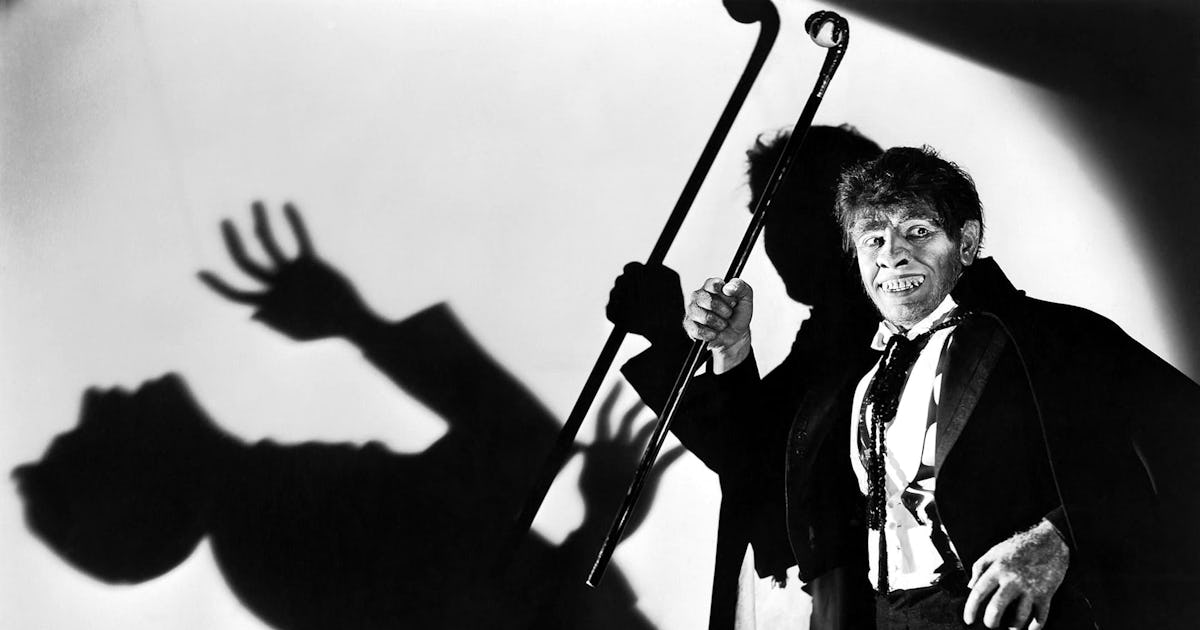
"Whether you see our collective god complex in the plight of Frankenstein or our suppressed shame in Dracula, these monsters have always held a mirror up to humanity. Robert Louis Stevenson arguably addressed that theme the best in 1886, with The Strange Case of Dr. Jekyll and Mr. Hyde. The story of a man who manifests a repressed personality became the groundwork for all manner of psychological science fiction... though most adaptations have spun that story into a much fantastical metaphor."
"If you read Stevenson's Victorian novella, you'll find it's not really about dissociative identities, but the lengths that its well-to-do hero will go to indulge in his conscious vices without impunity. Adaptations of Stephenson's work ignore that subtext entirely, leaning hard on the transformation between the pious Dr. Jekyll, the evolved man, and his "lesser" form, Mr. Hyde. The 1932 film adaptation starring Fredric March was not the one that started this trend - that honor goes to the 1920 film"
Classic monsters personify societal virtues and vices, reflecting collective god complexes and suppressed shame. Robert Louis Stevenson's 1886 novella The Strange Case of Dr. Jekyll and Mr. Hyde treats that theme by portraying a man who manifests a repressed personality, forming groundwork for psychological science fiction. The novella centers on a well-to-do hero who seeks to indulge conscious vices without consequence, rather than literal dissociative identity disorder. Adaptations commonly ignore that subtext, emphasizing physical transformation between the pious Dr. Jekyll and the 'lesser' Mr. Hyde. The 1932 Fredric March film reinforced an ape-like, troglodytic Hyde and helped cement the transformation image in popular culture.
Read at Inverse
Unable to calculate read time
Collection
[
|
...
]